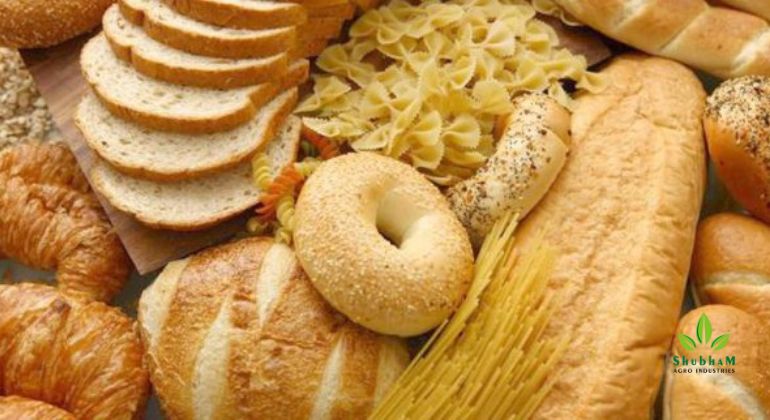How to Used Rice Flour in Gluten-Free Baking

Introduction:
Gluten-free baking has become increasingly popular in recent years, whether due to dietary restrictions or simply a desire for healthier alternatives. As a leading provider of rice flour, Shubham Agro Industries is dedicated to empowering home bakers with the knowledge and tools to create delicious gluten-free treats. In this guide, we'll explore the versatility of rice flour and how to incorporate it effectively into your gluten-free baking endeavours.
Understanding Rice Flour
Rice flour, derived from finely ground rice grains, serves as a versatile and gluten-free alternative to traditional wheat flour. It comes in various forms, including white rice flour, brown rice flour, and sweet rice flour (also known as glutinous rice flour). Each type offers unique properties that can influence the texture and flavour of your baked goods.
Substituting Rice Flour for Wheat Flour
When substituting rice flour for wheat flour in recipes, it's essential to understand the differences in texture and behaviour. Rice flour lacks gluten, the protein responsible for the structure and elasticity of baked goods, so adjustments may be necessary to achieve the desired results. As a general rule of thumb, you can replace wheat flour with an equal amount of rice flour in most recipes, but additional ingredients such as xanthan gum or guar gum may be needed to improve texture and binding.
Tips for Successful Gluten-Free Baking with Rice Flour
1. Blend Different Types of Rice Flour: Experiment with different varieties of rice flour to achieve the desired texture and flavour in your baked goods. For example, combining white rice flour with sweet rice flour can yield a softer, more tender crumb in cakes and pastries.
2. Use Binders and Thickeners: Since rice flour lacks gluten, it may require additional binders and thickeners to prevent baked goods from becoming crumbly or dry. Xanthan gum, guar gum, and arrowroot powder are common additives that help improve the texture and structure of gluten-free baked goods.
3. Adjust Liquid and Leavening Agents: Gluten-free flours absorb liquid differently than wheat flour, so you may need to adjust the amount of liquid and leavening agents in your recipes. Start by reducing the liquid slightly and increasing the leavening agents (such as baking powder or baking soda) to achieve the desired rise and texture.
4. Experiment with Flavors and Add-Ins: Rice flour serves as a neutral base that allows you to experiment with a variety of flavours and add-ins in your baked goods. From chocolate chips to nuts to spices, the possibilities are endless for creating unique and delicious gluten-free treats.
Conclusion:
With its versatility and gluten-free properties, rice flour offers a world of possibilities for home bakers seeking to create delicious treats that cater to a variety of dietary needs. By understanding how to effectively use rice flour in gluten-free baking and experimenting with different techniques and ingredients, you can unleash your creativity and delight friends and family with homemade goodies that are both flavorful and nutritious.
At Shubham Agro Industries, we're committed to providing high-quality rice flour products that empower home bakers to achieve culinary excellence. Whether you're baking bread, cakes, cookies, or pastries, trust in the natural goodness of rice flour to elevate your gluten-free creations to new heights.
